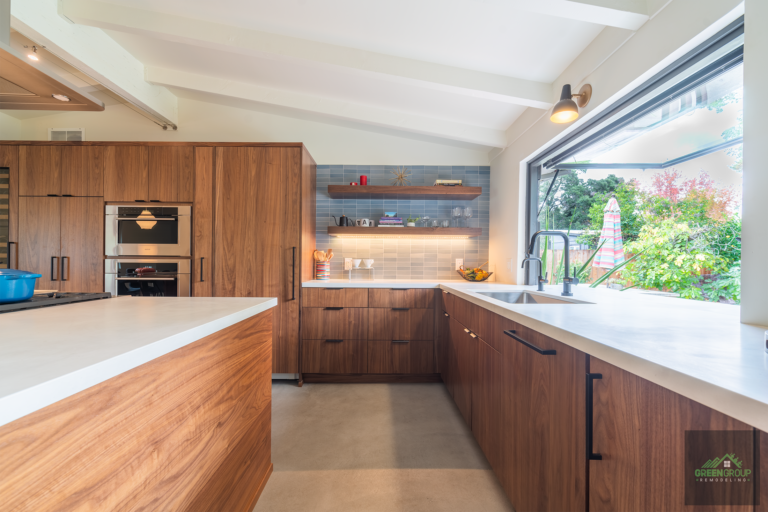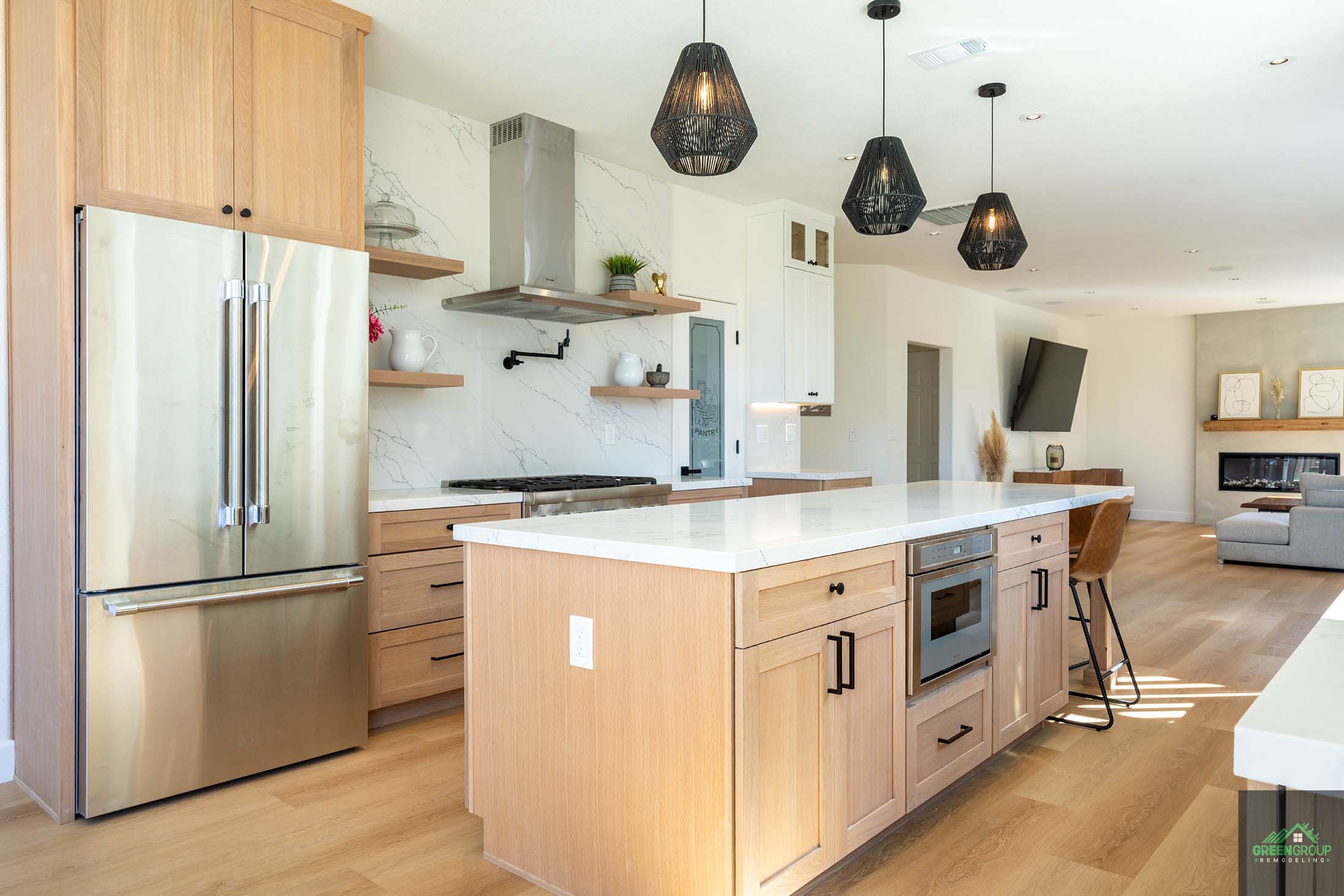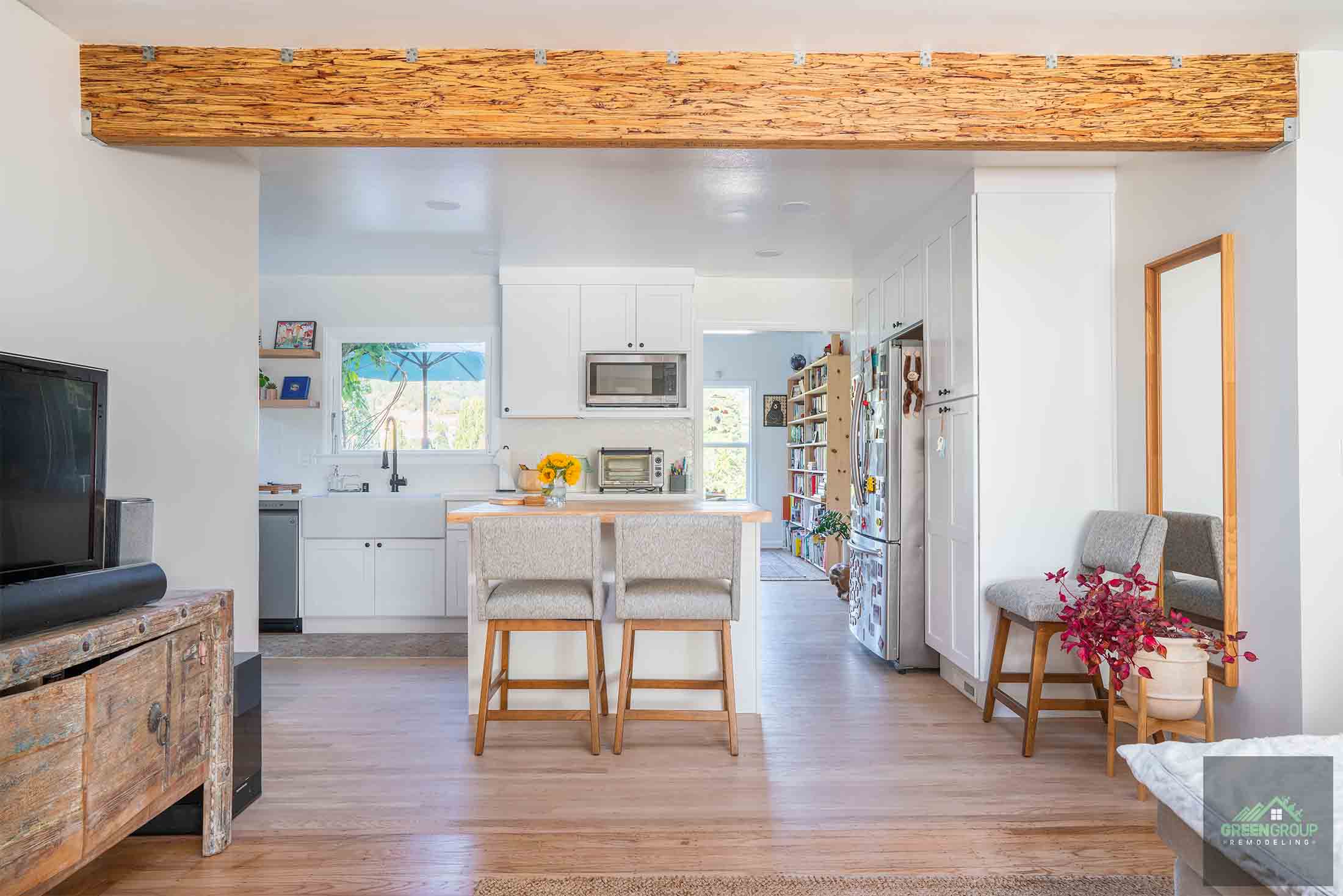When it comes to home improvement, the terms “remodeling” and “renovation” are often used interchangeably. However, understanding the nuanced differences between these concepts is crucial for homeowners, contractors, and designers. In this detailed exploration of remodeling vs renovation, we will delve into the etymology, historical context, and practical distinctions between these two approaches to enhancing living spaces.
Etymology and Historical Context — Remodeling vs Renovation
Renovation
The term “renovation” originates from the Latin word “renovare,” meaning to make new again. Historically, renovation has been associated with the act of restoring something to a previous condition. This might involve repairing, updating, or refreshing an existing structure without significantly altering its original form or function.
Remodeling
“Remodeling,” on the other hand, derives from the Latin word “modulus,” meaning measure or standard, combined with the prefix “re-,” indicating again or anew. Remodeling suggests a transformation or reconfiguration, implying more significant changes than renovation. This term became more prevalent in the 19th century, paralleling the rise of modern architecture and the desire for customized living spaces.
Practical Differences Between Remodeling and Renovation
Scope of Work
- Renovation: Renovations typically involve repairing or updating parts of a home without changing the overall structure. Examples include repainting walls, replacing flooring, upgrading fixtures, and restoring historical features. The goal is to refresh or restore the home’s original charm and functionality.
- Remodeling: Remodeling projects usually encompass more extensive changes that alter the layout or function of a space. This might include knocking down walls to create an open floor plan, adding a new bathroom, or completely reconfiguring a kitchen. Remodeling transforms the space to suit new purposes or preferences.
Purpose and Objectives
- Renovation: The primary objective of renovation is to maintain or enhance the existing state of a home. This might involve updating outdated elements, improving energy efficiency, or restoring historical integrity. Renovations are often driven by the need to preserve the home’s character while making necessary improvements.
- Remodeling: Remodeling aims to change the home’s form and function to better suit the homeowner’s lifestyle and needs. This could involve creating more space, updating the home’s style, or adapting it for new uses. Remodeling projects are typically more ambitious and can significantly alter the home’s original design.
Cost and Investment of Remodeling vs Renovation
- Renovation: Renovations generally cost less than remodeling projects because they involve less extensive work. The focus is on making the existing space better rather than creating something entirely new. Costs can vary widely depending on the scope of the work and the quality of materials used.
- Remodeling: Remodeling projects are usually more expensive due to the extensive changes involved. They often require more labor, materials, and time. However, remodeling can also significantly increase the home’s value, particularly if it improves functionality or aesthetic appeal.
Timeframe
- Renovation: Renovations can typically be completed in a shorter timeframe compared to remodeling. Because they involve less structural change, they are less disruptive to the household and can be phased over time.
- Remodeling: Remodeling projects often take longer to complete due to their complexity. The need for structural changes, potential permits, and the involvement of multiple trades can extend the project duration. Homeowners should be prepared for longer periods of disruption.
Deciding Between Remodeling and Renovation
When deciding between remodeling vs renovation, homeowners should consider their objectives, budget, and the extent of changes they desire. Here are some factors to help guide this decision:
- Goals: If the aim is to update or restore existing features without altering the overall layout, renovation is the appropriate choice. For instance, modernizing a kitchen with new appliances and countertops without changing its footprint is a renovation. Conversely, if the goal is to create a more functional or modern space by reconfiguring rooms, remodeling is the way to go.
- Budget: Renovation is typically more budget-friendly and less invasive. Homeowners looking to make cost-effective improvements should consider renovation. Remodeling, though often more expensive, offers the opportunity to completely transform a space, which can justify the higher investment for those looking for a substantial change.
- Time: For those needing a quicker turnaround or wishing to minimize disruption, renovation projects are generally completed faster. Remodeling projects require more time due to their complexity and scope, so planning for an extended timeline is essential.
- Impact on Home Value: Both remodeling and renovation can increase a home’s value, but in different ways. Renovations can enhance the home’s condition and appeal, potentially increasing its market value. Remodeling can add significant value by improving the home’s functionality and aesthetics, which can be particularly attractive to potential buyers.
Examples of Remodeling vs Renovation
Renovation Examples
- Bathroom Update: Replacing old tiles, updating fixtures, repainting walls, and installing new lighting without changing the layout.
- Kitchen Refresh: Installing new countertops, refacing cabinets, updating appliances, and adding a fresh coat of paint while keeping the existing kitchen layout.
- Exterior Facelift: Repainting the house, repairing the roof, updating landscaping, and replacing windows to enhance curb appeal without altering the structure.
Remodeling Examples
- Open Floor Plan: Removing walls to create an open-concept living area, combining the kitchen, dining, and living spaces into one cohesive area.
- Master Suite Addition: Converting an unused room into a master suite with a new bathroom and walk-in closet, significantly altering the home’s layout.
- Basement Transformation: Turning an unfinished basement into a functional living space, such as a home theater, gym, or additional bedrooms.
Conclusion
Understanding the difference between remodeling vs renovation is essential for making informed decisions about home improvement projects. Renovation focuses on restoring and updating existing features, maintaining the home’s original character, and often involves less time and cost. Remodeling, on the other hand, entails transforming the home’s layout and function, requiring a larger investment but offering the potential for significant changes and added value.
Whether you choose to renovate or remodel, both approaches offer unique benefits and can greatly enhance your living space. By considering your goals, budget, and timeframe, you can select the best strategy to create a home that meets your needs and reflects your personal style. In the end, the choice between remodeling vs renovation will depend on the extent of the changes you envision and the impact you wish to achieve on your home’s functionality and aesthetics.
For personalized advice and professional assistance, contact us – Whether you’re planning a small remodel or a full renovation, our experienced team can help you bring your vision to life.



